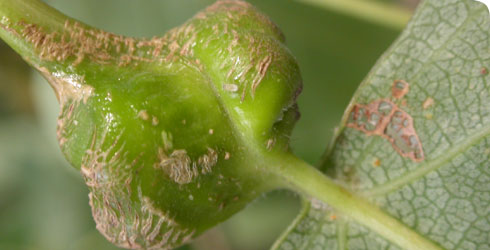Conservation
Although now acknowledged to be Britain’s rarest native timber tree, nationally there exists no special legislation to protect this species and for a long time it was overlooked (Mabey, 1996). Its cultural significance and the concerns over increasing threats and ongoing decline mean however that many local Biodiversity Action Plans have now adopted this species for targeted conservation action.
The NHM acts as contact point for the Greater London LBAP on this species [www.lbp.org.uk/londonhabspp.html ] and within London many of the constituent Boroughs also have plans for its protection. Elsewhere the species is included in the following LBAP’s: [see http://www.ukbap-reporting.org.uk/]
- Cheshire
- Cotswold’s Water Park
- Durham
- Essex
- Greater Manchester
- Norfolk
- Northamptonshire
- Shropshire
- Staffordshire
- Suffolk
- Warwickshire
- Worcestershire
Management
Guidelines to the successful management of existing trees and the propagation and planting of new material have been produced by various local groups for distribution as leaflets eg. Noakes, 1999 and are also summarised in Jones, 2004.
Many extant trees have had some history of pollarding, particularly in the Aylesbury Vale. This technique, best maintained on a 10-15 year cycle, can prolong the life of the tree but if done inappropriately can be fatal. Management work is best avoided following drought years, or where the tree may become drought stressed. Rather than removing the whole crown at once, a lop, or reduction, done over a 3 year period, initially leaving 2/3rds of the tree’s growth, will prevent damage. Cutting should be above the previous pollard line, the branches cut to leave a face sloping away from the crown of the tree. This work should be carried out between November and February.
It is important that the age and condition of a tree are considered prior to any major works. Re-pollarding is not always the best option; older trees and those which have not been pollarded for decades may struggle to recover. Where management work on such trees becomes necessary it is recommended that cuttings are also taken.
